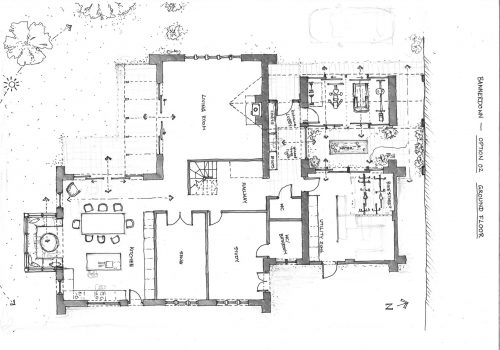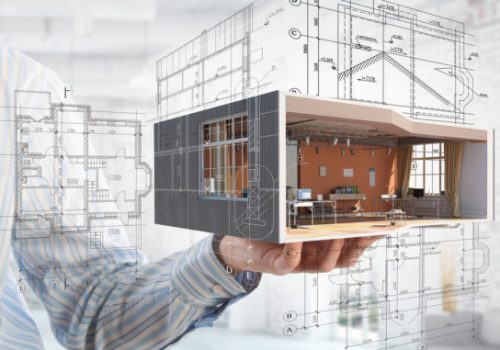In the realm of architecture, design should not only be aesthetically pleasing but also inclusive and accessible to everyone. In this guide, we delve into the importance of designing for accessibility and inclusivity, providing essential tips for architects to create spaces that cater to diverse user needs and ensure equal enjoyment for all.
The Imperative of Inclusive Design
Redefining Architectural Design
Architectural design goes beyond aesthetics; it is about creating spaces that can be navigated and experienced by individuals of varying abilities.
The Essence of Inclusivity
Inclusivity in design involves considering the needs of all users, regardless of physical, sensory, or cognitive abilities, to foster a sense of belonging and equal participation.

Key Principles of Accessible Design
Universal Design Concepts
Universal design principles focus on creating environments that are usable by the widest range of individuals, without the need for adaptation or specialized design.
Consideration of Physical Accessibility
Physical accessibility involves ensuring features like ramps, elevators, wide doorways, and appropriate signage to accommodate individuals with mobility challenges.
Addressing Sensory Needs
Visual and Auditory Accessibility
Designing for visual and auditory accessibility includes factors like adequate lighting, color contrast, visual cues, and sound management to accommodate those with sensory impairments.
Tactile Elements
Incorporating tactile cues such as braille signage, textured surfaces, and tactile maps ensures that individuals with visual impairments can navigate spaces independently.
Cognitive and Emotional Inclusivity
Creating Calming Environments
Design choices that minimize sensory overload, such as soothing color palettes and acoustical treatments, cater to individuals who may experience anxiety or sensory sensitivities.
Clear Wayfinding and Signage
Clear and intuitive wayfinding systems help individuals with cognitive challenges navigate complex spaces confidently.
Overcoming Challenges
Retrofitting Existing Spaces
Architects can creatively retrofit existing structures to enhance accessibility, ensuring that inclusivity is not limited to new constructions.
Collaborating with Diverse Stakeholders
Incorporating input from individuals with disabilities, advocacy groups, and experts in accessibility ensures that design solutions meet real-world needs.
FAQs: Designing for Accessibility and Inclusivity
In Conclusion
Designing for accessibility and inclusivity is not just a trend but a fundamental responsibility for architects. By embracing universal design principles and considering the diverse needs of users, architects have the power to create spaces that resonate with everyone, regardless of their abilities. From physical adaptations to sensory considerations, the journey to inclusive design is a journey towards equality, empowerment, and a built environment that truly serves all members of society.






